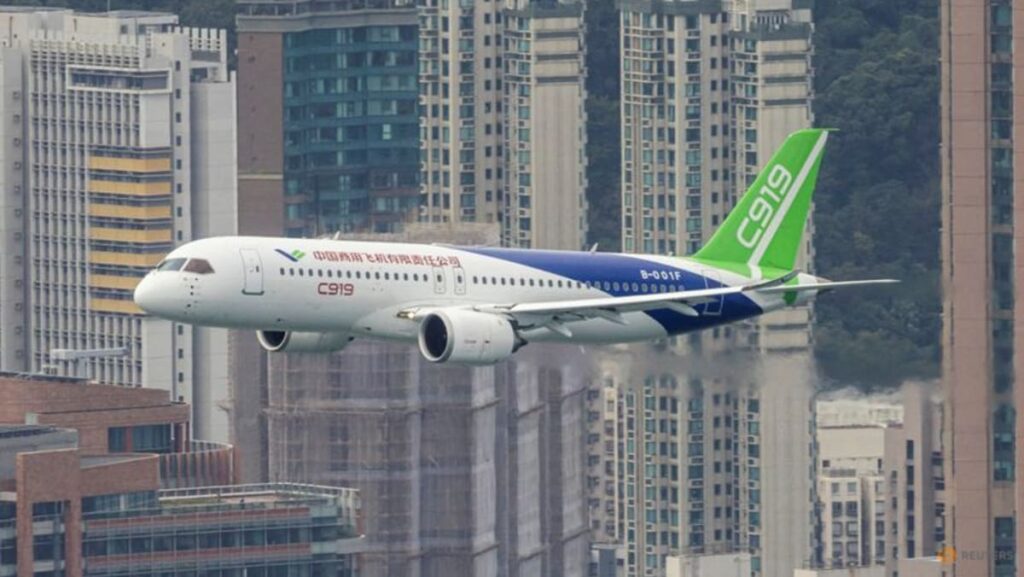The C919 made its high-profile international showcase at the Singapore Air Show, where China’s Tibet Airlines announced an order for 40 C919 planes. In fact, orders for the aircraft have been confined to Chinese-owned airlines. These purchases are widely seen as state-directed rather than market-driven, a reality that has dampened the jet’s international allure.
The C919’s limited appeal stems in part from its reliance on Western components. Despite being labelled a “Chinese-made” or “homegrown” jet, many of its critical parts – including avionics and engines – are sourced from Western manufacturers. Some sceptics even suggest that the aircraft’s design borrows heavily from Boeing’s 737 programme, with accusations of intellectual property theft lingering in the background.
Yet Beijing’s ambitions extend well beyond the C919, as they did beyond the ARJ21, China’s first serious attempt at commercial jet manufacturing. The ARJ21 was born out of a troubled partnership in the 1980s with McDonnell Douglas, a major American aircraft manufacturer at the time, when China sought to develop its aviation industry by co-producing the MD-80 series.
The joint venture ultimately collapsed, leaving China with outdated designs and some technological know-how. The ARJ21, heavily derived from the MD-80, retained a 1980s airframe and struggled to meet modern performance standards, limiting its appeal even domestically.
SUBSTANTIVE COMPETITION
The C919, by contrast, was marketed as a shift from this joint-venture legacy. It is China’s first major attempt to build a jetliner designed for global competitiveness, incorporating contemporary engineering and the ARJ21’s lessons. The C919 has become a testing ground of sorts for China’s aerospace capabilities and marketing acumen.
Nor is the C919 the sum of China’s ambition. A widebody C929 project was initially envisioned as a joint venture with Russia, only to stall following Russia’s invasion of Ukraine. China subsequently took full control, and should it succeed, it could solidify China’s position in the global aviation industry – moving from symbolic milestones to substantive competition.
The C929 was envisioned as a direct competitor to Boeing’s 787 Dreamliner and Airbus’s A350, flagship models in the widebody market and symbols of Western aircraft manufacturing dominance. Unlike the single-aisle C919, the C929 is designed for long-haul flights and capable of carrying more passengers.
Initially, the C929 was to feature engines from Western manufacturers such as Rolls-Royce or General Electric. Beijing is now doubling down on efforts to develop the CJ-2000 engine, a domestically produced alternative.
If successful, this would make the C929 more homegrown of a jet than the C919, reducing China’s reliance on Western technology.
https://www.channelnewsasia.com/commentary/china-jetliner-c919-plane-manufacturing-aviation-industry-4862466


